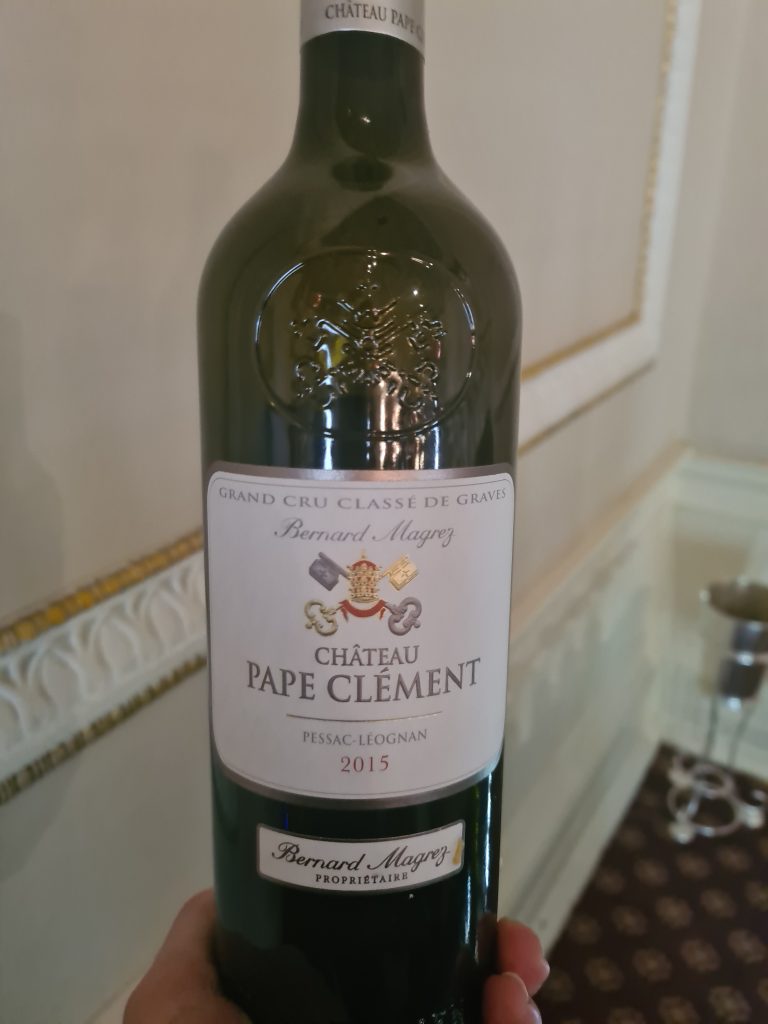Bordeaux is known for its outstanding wines, and among its many famous vineyards, Chateau Pape Clement is a brilliant example of tradition, creativity, and quality. In addition to being a winery, this historic estate in the Graves region provides a reminder of Bordeaux’s longstanding winemaking heritage. Chateau Pape Clement has established itself as a pillar of Bordeaux’s prestige thanks to its historical relevance and cutting-edge methods.
A Legacy-Based History
One of Bordeaux’s oldest wine estates, Chateau Pape Clement, dates back to the 13th century. Bertrand de Goth, who inherited the vineyard in 1299, is honoured by its name. In 1305, Bertrand became Pope Clement V, ushering in a new era in the history of viticulture. The estate thrived under his control, and its association with the pope gave it a centuries-old reputation for excellence.
Since then, the estate has seen multiple ownership changes and has withstood economic upheavals, wars, and revolutions. Despite these difficulties, it has continued producing exceptional wines, making it a shining example of Bordeaux winemaking. It is currently owned by Bernard Magrez, a forward-thinking businessman whose investments in technology and tradition have brought the château into the present day without sacrificing its historical significance.
A Special Terrain of Graves
Chateau Pape Clement’s success can be largely attributed to its terroir. The gravelly soils of the Graves region are well known for being perfect for viticulture. In reference to the stony topography that offers superior drainage and reflects heat onto the vines, facilitating ripening, the term “Graves” itself is derived from the French word for gravel.
The adjacent Garonne River creates a microclimate that helps Château Pape Clément by regulating temperatures and lowering the chance of frost. The estate is able to make wines with remarkable balance and complexity because this terroir is especially well-suited for producing both red and white grape varieties.
Excellence in Winemaking
Every stage of the winemaking process at Chateau Pape Clement is directed by careful attention to detail and a dedication to excellence. The estate produces white wines from Sauvignon Blanc, Semillon, and Muscadelle, and its red wines are mostly Cabernet Sauvignon and Merlot.
Hand-Harvesting and Selection: To guarantee that only the best fruit is utilised, grapes are harvested by hand and meticulously sorted. This focus on detail starts in the vineyard, where environmentally friendly methods are used to care for the vines.
Fermentation: The estate uses a mix of contemporary stainless steel tanks and traditional oak vats to balance maintaining the fruit’s purity and delivering complex flavours.
Ageing: All of Chateau Pape Clement’s wines are matured in barrels made entirely of French oak, some of which are new oak. Through the addition of vanilla, spice, and a hint of smokiness, this technique adds richness to the wine.
Blending Chateau Pape Clement is a master of the art of blending the cuvee, which is essential to Bordeaux winemaking. The winemaking staff crafts well-balanced blends that highlight each varietal’s best qualities while capturing the distinctive qualities of the vintage.
The wines
2015 Chateau Pape Clement

Liquid dusk pours into the glass, deep garnet with a ruby glow, whispering of timeless elegance. The nose unfolds like a velvet symphony—ripe blackcurrant and plum, woven with cedar’s smoky embrace, a trace of graphite, and the sweet serenade of vanilla and spice. On the palate, it dances—a silken caress of dark fruit, kissed by mocha and shadowed by minerality. Tannins, refined and polished, anchor its graceful ascent, while a vibrant acidity lifts it to a lingering, soulful finish, where echoes of blackberry and cedar fade like twilight. A wine both bold and lyrical, destined to age into legend. 92 corked points